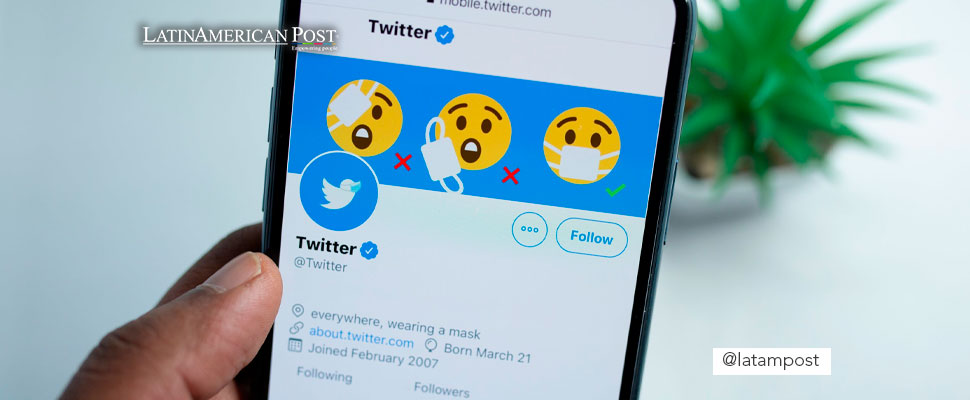How can you Identify a Bot on Twitter?
Bots on Twitter are multipurpose, malicious and, sadly, countless. But how can you identify them? Here are some tips that could help you.

Photo: Unsplash
”
LatinAmerican Post | Juan Manuel Londoño
Today, the role of bots can influence advertising, politics, and the media agenda. Here we bring you some tips to identify them.
Online tools
The Botometer is a very useful tool for identifying bots on Twitter. It’s easy to use and understand it: you enter the @ of a Twitter account and Botometer gives it a score. The higher that score, the higher the probability that the account is a bot. Scores range from 0 to 5.
Botometer works by comparing an account against tens of thousands of tagged examples. It uses behavior patterns and other account data to determine whether or not it is a bot. But the thing does not stop there. Botometer also allows you to analyze the friends and followers of an account to determine if they are bots or not. This is very useful to start profiling political wineries, scammers and other accounts that gain followers in a matter of days.
Also read: Do you know what data your favorite social networks collect about you?
Although they admit that their system is not perfect, it is a great tool to start identifying suspicious accounts. It is the first step you should always take if you doubt the authenticity of an account.
Learn to identify the characteristics of a bot
Unlike human accounts, the worst bots have several characteristics that make them easily identifiable if you do a little research.
The first and most obvious characteristic of a bot is that it posts too much. Bots exist to amplify messages, and if you see an account that has too many unusual daily tweets, it is most likely a bot.
Another easy way to identify a bot on Twitter is to look at the profile picture of the suspicious account. In the case of the simplest bots, they usually don’t even have a profile picture and have the default Twitter “egg”. Some more advanced ones have profile pictures that are replicated across multiple accounts, which also give away their nature.
Finally, the language used by bots is often repeated thousands of times between bot accounts to make a topic trend. They also tend to post endlessly on the same topic, be it political or marketing. If you see multiple accounts replicating the same message, word for word, with few alterations, it’s definitely a bot.
If we take all these characteristics into consideration, we can assume, with a fair degree of certainty, that the following account is a bot:
#AbortoEs EL mayor destructor del amor y de la paz,por que los padres aprenden a matar a sus hijos en cualquier edad , la corte nos da permiso para destruirnos
— Gina Franco (@GinaFra33585203) February 22, 2022
If you investigate her profile, you will see, for example, that she only retweets topics that support her political agenda, in this case anti-abortion topics, without bother to express their own ideas or positions on the matter. The account does not have a profile picture (red flag) and has a name that could be that of any citizen, with a series of numbers that accompanies it. Additionally, despite the fact that the account has existed since 2016, its number of tweets is low (probably so that it is not identified as a bot). Lastly, the fact that you follow a lot of accounts and don’t have a lot of followers is also a sign of suspicious activity.
By applying this analysis to the next suspicious twitter account you see, you will be able to identify bots more easily. Don’t let these artificial people influence your decision making on politics, opinion or your investments.




